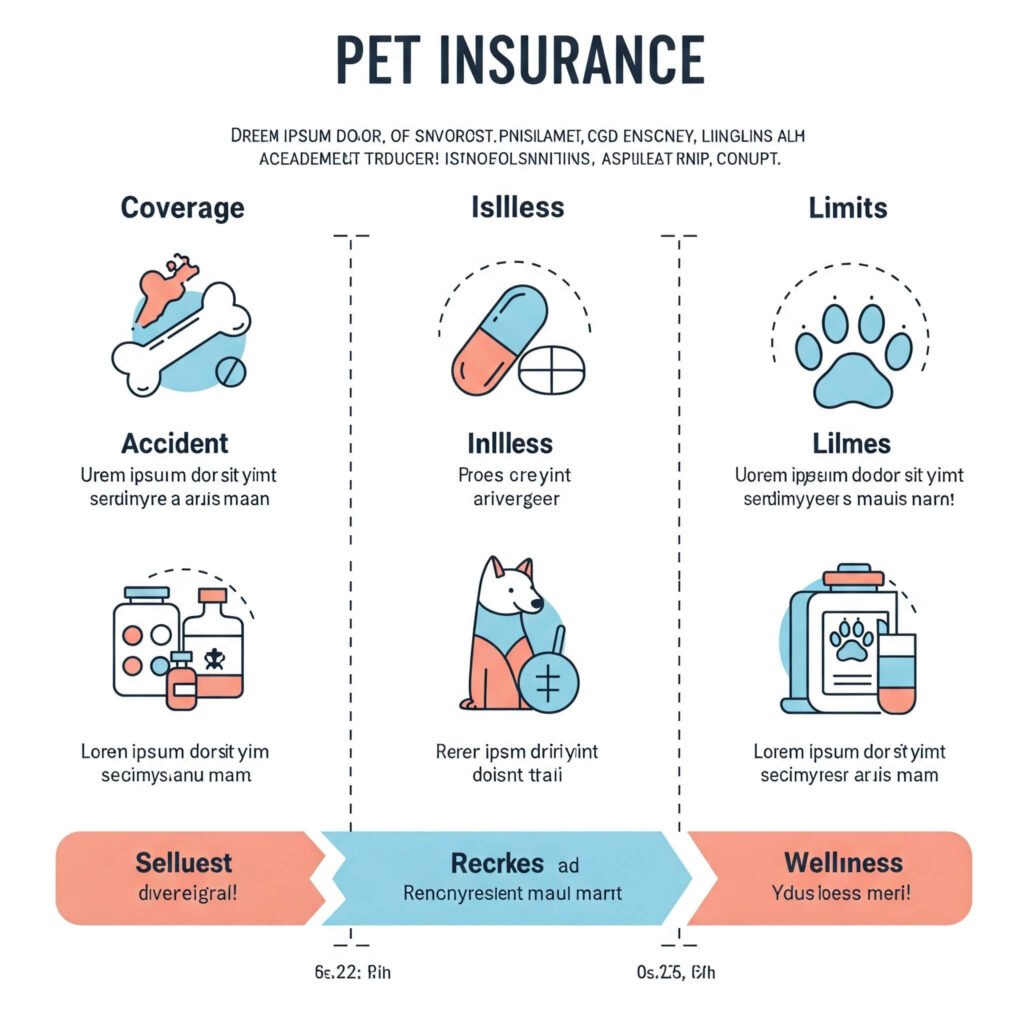As devoted pet owners, ensuring the health of our furry companions is paramount. Unexpected veterinary costs, however, can present significant financial challenges. This is where reliable pet insurance offers crucial support. In this comprehensive guide for 2025, we’ll explore leading providers, key factors to consider, and how to select the right pet health coverage to protect both your beloved animal and your finances.

Why Pet Health Security is Increasingly Important in 2025
Similar to human health plans, insurance for your pet helps manage the expenses associated with veterinary care. With ongoing advancements in veterinary medicine, treatment options are becoming more sophisticated and, as a result, more costly. Having a solid pet protection plan provides peace of mind, allowing you to afford necessary medical care without facing difficult financial decisions during stressful times.
Consider these real-life scenarios:
- Your playful puppy swallows a foreign object requiring emergency surgical intervention.
- Your aging feline develops a chronic illness necessitating ongoing medication and monitoring.
- Your adventurous canine sustains injuries during outdoor activities requiring medical treatment.
Without adequate financial safeguards for your pet’s health, these situations can lead to substantial and unforeseen costs.
Key Elements to Consider When Choosing a Pet Insurance Plan
Navigating the array of animal’s insurance options can seem daunting. Here are crucial aspects to evaluate before purchasing a policy in 2025:
Understanding the Variety of Pet Insurance Coverage Available
Reputable pet insurers offer different levels of protection. It’s important to understand what each entails:
- Accident-Only Policies: These cover treatment costs resulting solely from accidental injuries and are typically the most affordable.
- Accident and Illness Policies: The most common type, covering both accidental injuries and a wide range of illnesses.
- Wellness Add-ons: Often available as supplementary options, these help with routine care expenses.
Outbound Link: Learn about the different types of pet insurance coverage from the North American Pet Health Insurance Association (NAPHIA): [Placeholder for NAPHIA Website Link]
Decoding the Role of Deductibles, Reimbursement, and Limits in Pet Policies
These three components significantly impact the overall cost and the amount your pet insurance policy will ultimately pay:
- Deductible: The fixed amount you pay out-of-pocket annually before your insurance starts to reimburse eligible costs.
- Reimbursement Rate: The percentage of eligible veterinary expenses your insurer covers after you’ve met your deductible.
- Annual Limit: The maximum total amount your insurance company will pay within a policy year.
Carefully consider your budget and risk tolerance when making these choices for your animal’s insurance. A higher deductible and lower reimbursement rate generally mean a lower monthly premium.
Breed Predispositions and Waiting Periods in Pet Insurance Policies
Some pet insurance providers may have specific exclusions or limitations for breeds prone to certain health conditions. Additionally, most policies have waiting periods before illness coverage begins and sometimes longer for specific issues.
Outbound Link: Consult the American Veterinary Medical Association (AVMA) for information on breed-specific health considerations: [Placeholder for AVMA Website Link]
How Age and Pre-existing Conditions Affect Pet Insurance Options
Most pet insurance companies have age limits for enrolling new pets. Importantly, no animal’s insurance policy covers pre-existing conditions.
Leading Providers of Pet Insurance in the U.S. for 2025
While the “best” provider depends on your individual needs, several reputable companies are consistently recognized for their comprehensive animal’s insurance plans:

A Practical Guide to Selecting the Right Pet Health Plan
Follow these steps to find the most suitable animal’s insurance for your beloved companion:
- Evaluate Your Pet’s Unique Health Profile and Needs: Consider breed, age, medical history, and lifestyle.
- Research and Compare Various Insurance Providers: Obtain and compare quotes and coverage details.
- Thoroughly Review the Specifics of Each Policy: Pay close attention to deductibles, reimbursement rates, limits, exclusions, and waiting periods.
- Align Coverage with Your Overall Financial Strategy: Balance premium costs with potential benefits.
- Consider the Experiences of Other Pet Owners: Read reviews and testimonials.
Practical Tips for Saving on Pet Insurance Costs
While pet insurance offers valuable financial security, here are some ways to potentially lower your monthly payments:
- Choosing a Higher Deductible: This typically results in lower monthly premiums.
- Selecting a Lower Reimbursement Percentage: If you can manage a larger portion of the bill, premiums may be lower.
- Inquiring About Multi-Pet Discounts: Many insurers offer discounts for insuring multiple animals.
- Considering Annual Payment Options: Some providers offer a small discount for annual payments.

Final Thoughts: Investing in Your Pet’s Well-being Through Insurance
Choosing the right pet insurance for your cherished animal is a responsible step towards ensuring their health and your financial stability. By carefully considering your options, understanding your pet’s specific needs, and comparing available providers, you can secure a plan that offers peace of mind and allows you to focus on the joys of pet ownership.

